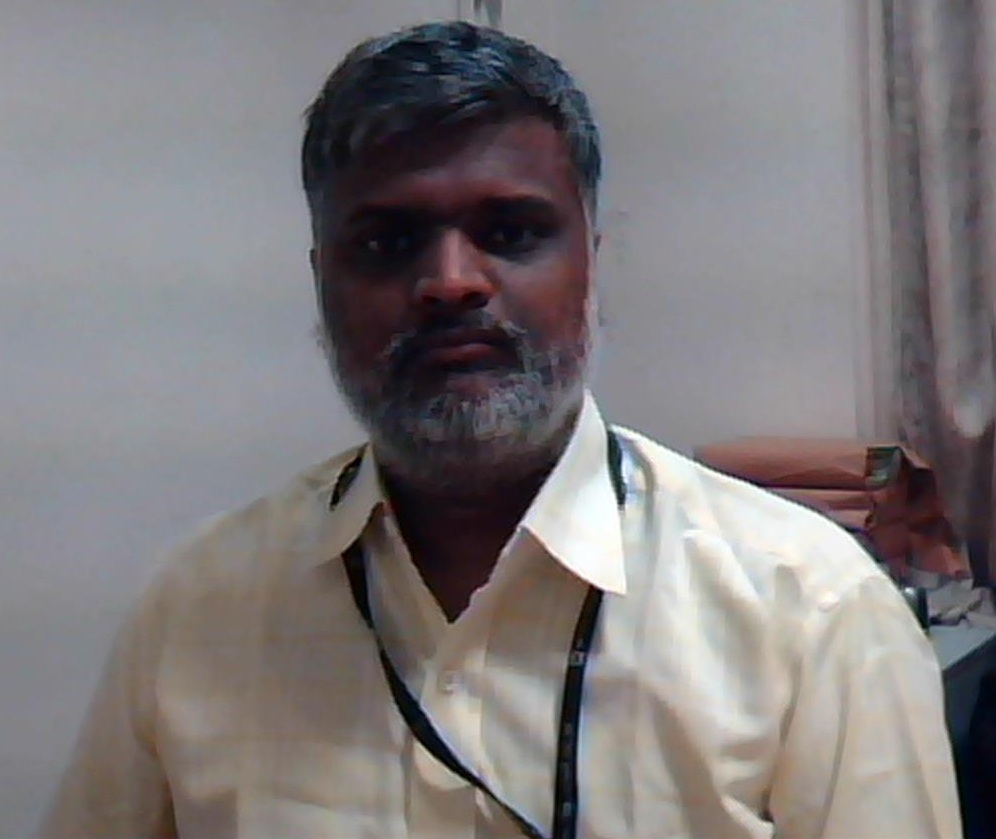biobhasha
{ biological programming language }
{ biological programming language }



Biobhasha is an object oriented application framework developed in C++ for extraction, manipulation and analysis of biological data. It is a compilation of several biological abstract data types (BioADTs) resulting from abstraction of biological entities into relevant classes.
Human being has always been inspired/intrigued/intimidated by NATURE's prowess - be it precision, accuracy and or economy. This intimidation/inspiration/ has resulted in the dawn of many revolutionizing concepts/applications, of which Object Oriented Paradigm (OOP), probably takes the top slot in the software domain. OOP revolutionized Software Application Development. The question now is: what aspect of NATURE inspired and resulted in the advent of OOP? The one word answer is: LIFE. The other way is: Biology. The bullet-ed answer would be:
BioInt, also called as Biobhasha Interpreter, aims to enable researchers to seamlessly integrate their workflow, efficiently extract and effortlessly analyze data from various biological databases and algorithms, be it genomics analysis, structure analysis, literature mining, systems biology approaches or all together.
This software also provides the user, the ability to customize algorithms to incorporate new parameters / factors to improve the accuracy in discovery research or write and test one's own novel algorithms or hypotheses. In addition, BioInt has features that enable automation and flexibility in implementing novel 'bio-computational experiments, cutting the time and costs significantly.
Please visit Download page to download latest copy of BioInt
An introductory presentation on BioInt can be found here as flash and here in pdf format.
Screen shot of an interactive session of BioInt when launched via console
To get the latest copy of BioInt (version 1.02.00), please send us an email :
downloadbioint@biobhasha.org
A download link will be sent to your mailbox in response. Click and download bioint-1.02.tar.gz file and extract bioint. Please refer to the file "README.txt" in the in the bioint-1.02 directory for BioInt installation instructions.
System requirements: libstdc++ version 6 (g++ version 4.6.3).
Sofware is build for Linux 32 & 64 bit machines. Tested on different linux flavours: Ubuntu 12.04 & above, Fedora 14 & above, Mint 13 & above, Cent OS 5.9 etc.
To download sample BioInt_Scripts please click on the button
Current version of BioInt supports dotplot, global/local sequence alignment, multiple sequence alignment, UPGMA (phylogenetic tree), protein structure alignment, secondary structure prediction, protein sequence disorder prediction, secondary structure alignment, gene/ORF prediction, restriction map analysis, overlap and repeat identification, PPI network analysis and literature mining. It supports Fasta, Genbank, Embl, DDBJ, Swissprot, PDB, PSI-MI tab, SIF, Pubmed and many such database formats and strictly implemented the controlled vocabulary recommendations of International Nucloetide Sequence Database Collaboration (INSDC) (http://www.insdc.org). Currently BioInt supports text, HTML and PostScript Output formats.
For any comments/queries/suggestions/bug reports please send us an e-mail :
admin@biobhasha.org

Dr. Prasad, B.V.L.S, has doctoral degree in Structural Bioinformatics, Protein Crystallography from Molecular Biophysics Unit (MBU), Indian Institute of Science (IISc), Bangalore. He is an engineer by training in Agricultural Engineering and holds Master’s Degree in Biotechnology from School of Life Sciences, University of Hyderabad. He has approximately 15 years of research experience, 4 years of industry experience and 7 years of teaching experience. He is currently coordinating Masters Programs, short term programs such as certificate programs, workshops etc in addition to research activities. He has many publications in international journals including PNAS, PLOS-One, JMB, JIB, ACTA-D, Proteins among others. His current focus is to objectify bio-medical research with Integrative Translational medicine approaches and implementing them at the level of higher education. Dr. Prasad's research interests include DNA & linguistic grammar, genomics technologies, biological macromolecules & tensegrity, biological programming & software and nano-biotechnology. In addition his focus is on bio-algorithms, analysis and automation.

Sanket Desai, has Master's in Bioinformatics and Bachelors’ Degree in Zoology. His research interests include genomics, structural bioinformatics, algorithm development and systems biology (network analysis). He has 2 years of experience in core biological programming participating in all the activities of life cycle of software application development. He also has one year industry experience as a clinical research data analyst. Currently his primary focus is computational biology application development.